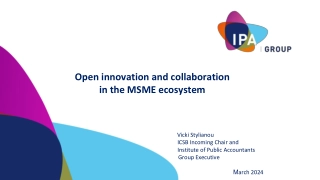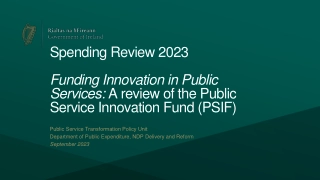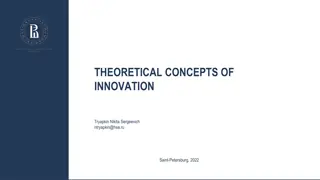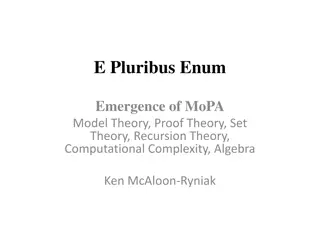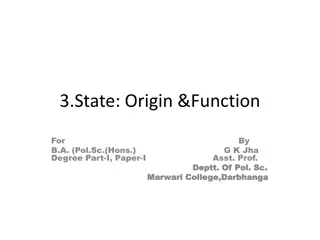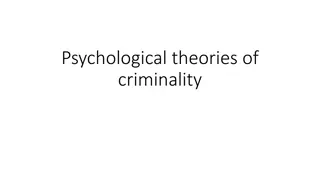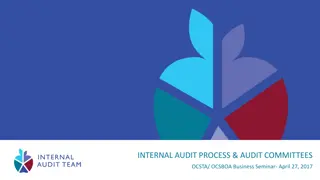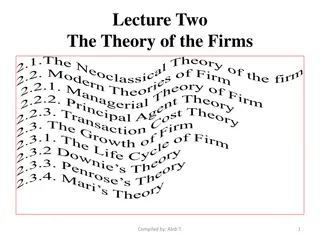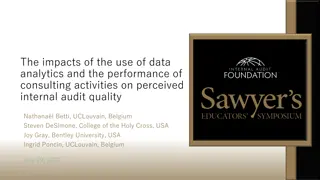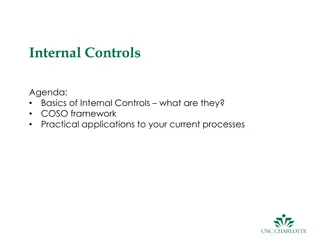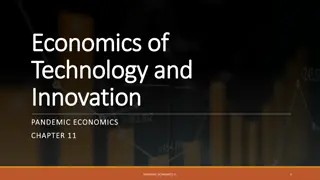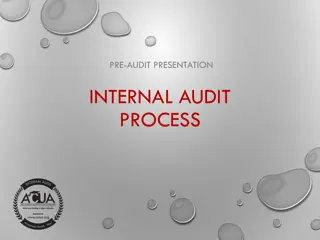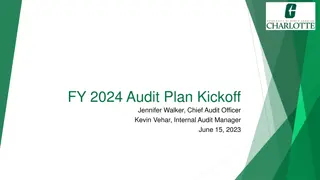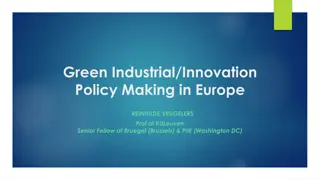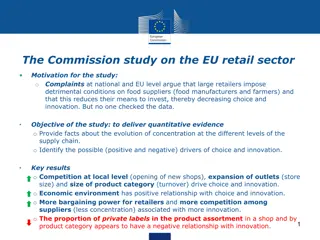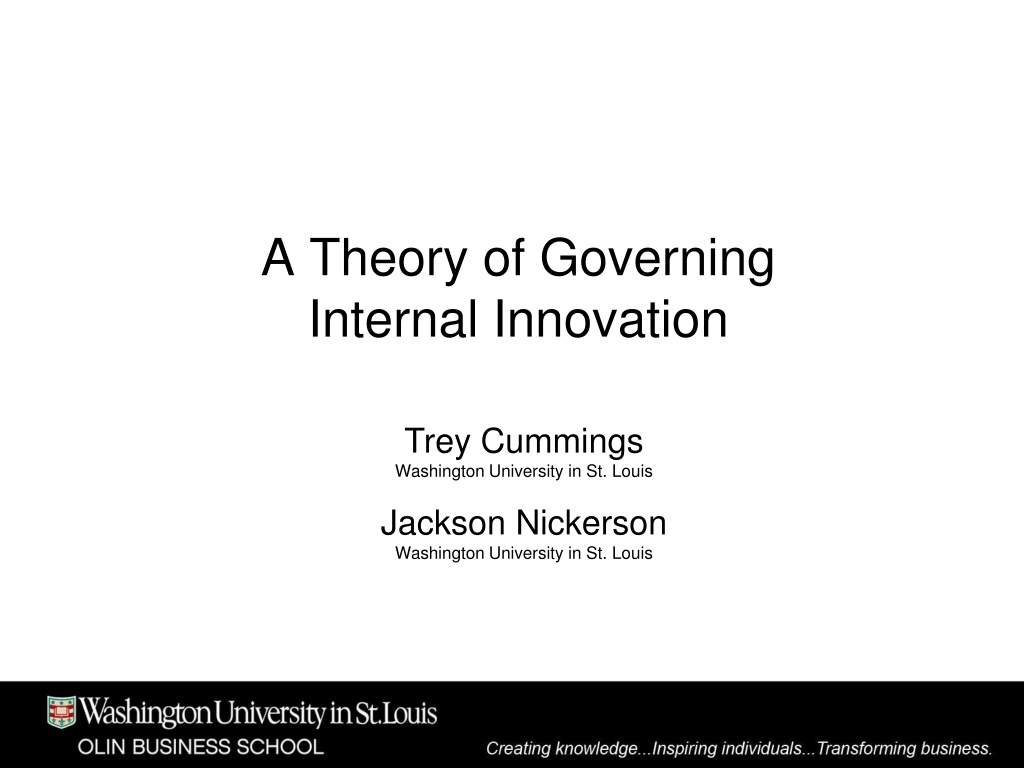
Innovation Governance Theory & Internal Processes
Explore the theory of governing internal innovation, including various processes, structures, and decision-making loci. Key research questions delve into the advantages and performance consequences of different innovation approaches. The model of human behavior and problem context and uncertainty shed light on how innovator thinking and behavior impact innovation outcomes.
Download Presentation

Please find below an Image/Link to download the presentation.
The content on the website is provided AS IS for your information and personal use only. It may not be sold, licensed, or shared on other websites without obtaining consent from the author. If you encounter any issues during the download, it is possible that the publisher has removed the file from their server.
You are allowed to download the files provided on this website for personal or commercial use, subject to the condition that they are used lawfully. All files are the property of their respective owners.
The content on the website is provided AS IS for your information and personal use only. It may not be sold, licensed, or shared on other websites without obtaining consent from the author.
E N D
Presentation Transcript
A Theory of Governing Internal Innovation Trey Cummings Washington University in St. Louis Jackson Nickerson Washington University in St. Louis
Internal Innovation Processes Many concurrent and differing processes Why? In what situations?
Internal Innovation Literature Descriptive Product vs. Process (Utterback & Abernathy 1975) Growth Share Matrix (Boston Consulting Group 1972) Process Stage-Gate Process (Cooper 1990) Agile Process (Karlesky & Voord 2008) Discovery Driven Planning (McGrath & MacMillan 1995) Structure and Decision Locus Decision Making Locus (e.g., Sah & Stiglitz 1988) Centralization of R&D (e.g., Argyres & Silverman 2004) Internal Ventures (Burgelman 1983, Von Hippel 1977)
Key Research Questions When and why do various processes, structures, & DM Locus offer a comparative advantage for innovation? When and why might multiple they be used concurrently and/or sequentially? What are the performance consequences of using them?
Our Approach Problem Finding/Solving Approach Innovator thinking and behavior Parameterizing the problem Identifying governance alternatives in the firm and their costs and competencies for mitigating bias Discriminating alignment of processes with respect to the problem attributes leads to: Efficacious search and innovation Different kinds of innovations dependent on governance approaches adopted
Model of Human Behavior Homo Inventus Assume a single innovator Bounded rationality + the possibility of associative thinking biases that derive from system 1 thinking E.g., anchoring, framing, representativeness, etc. Self-interest seeking with guile + the possibility of ego preservation biases E.g., confirmation, self-confirming beliefs, escalation of commitment, etc.
Problem context and uncertainty Problem Context Cost of search differs by context Designing, enacting, and interpreting results to update theory and models varies systematically by context E.g., costs of inputs, access to knowledge, equipment, distribution channels, complementary resources, etc. We assume context can be parameterized Problem Uncertainty Problem vary in complexity and ill-structuredness Such variation affects implicit ruggedness of landscape Ruggedness affects likelihood of finding a peak (i.e., a value creating opportunity)
Corrupting Effect of Biases Objective is to engage in efficacious search. Problem finding Problem solving Uncertainty (Complexity & Ill- Structuredness) Cost of Biases Cost of Associative Thinking Biases increases in uncertainty Cost of Ego Preservation Biases increases in context Cost of Biases (Cost of Experiment) Context
(Preliminary) Discriminating Alignment Centralized Research Uncertainty (Complexity & Ill- Structuredness) Time Horizon Internal Venture Agile Stage-Gate Comparative Simple Hierarchical Context (Cost of Experiment)
Insights Internal governance choices influence the likelihood and kind of innovation contingent on the problem Internal governance alternatives vary in their costs and competencies for efficacious search Performance can suffer when firms do not adopt or align internal governance to problems


